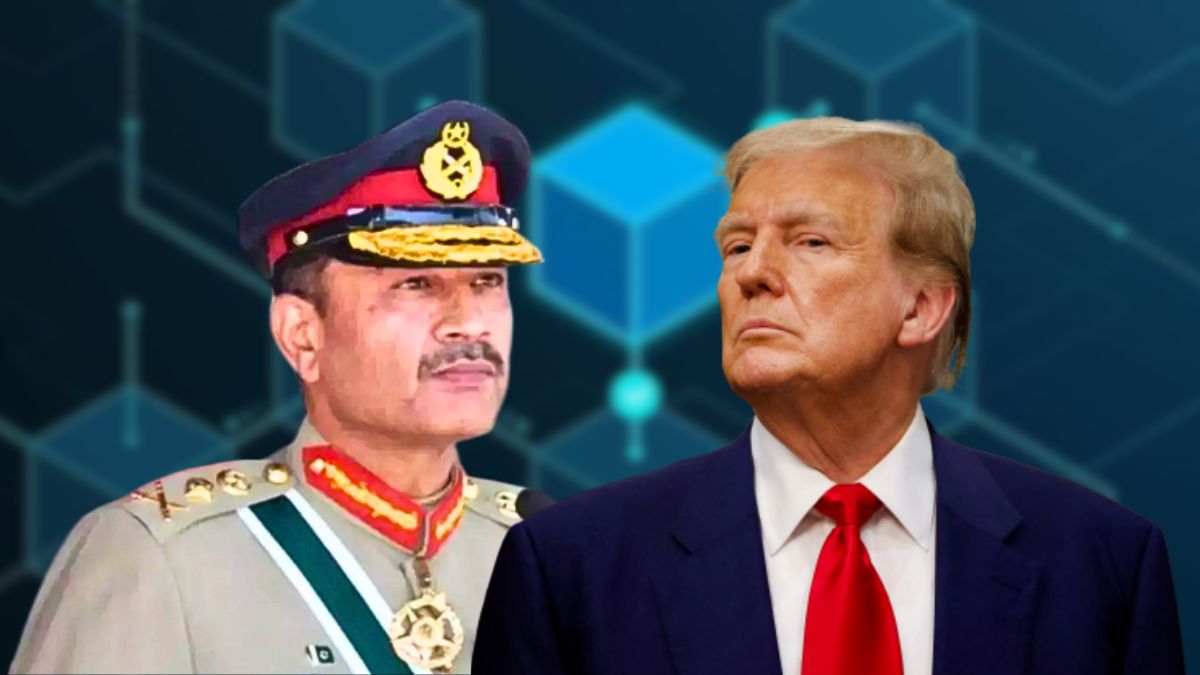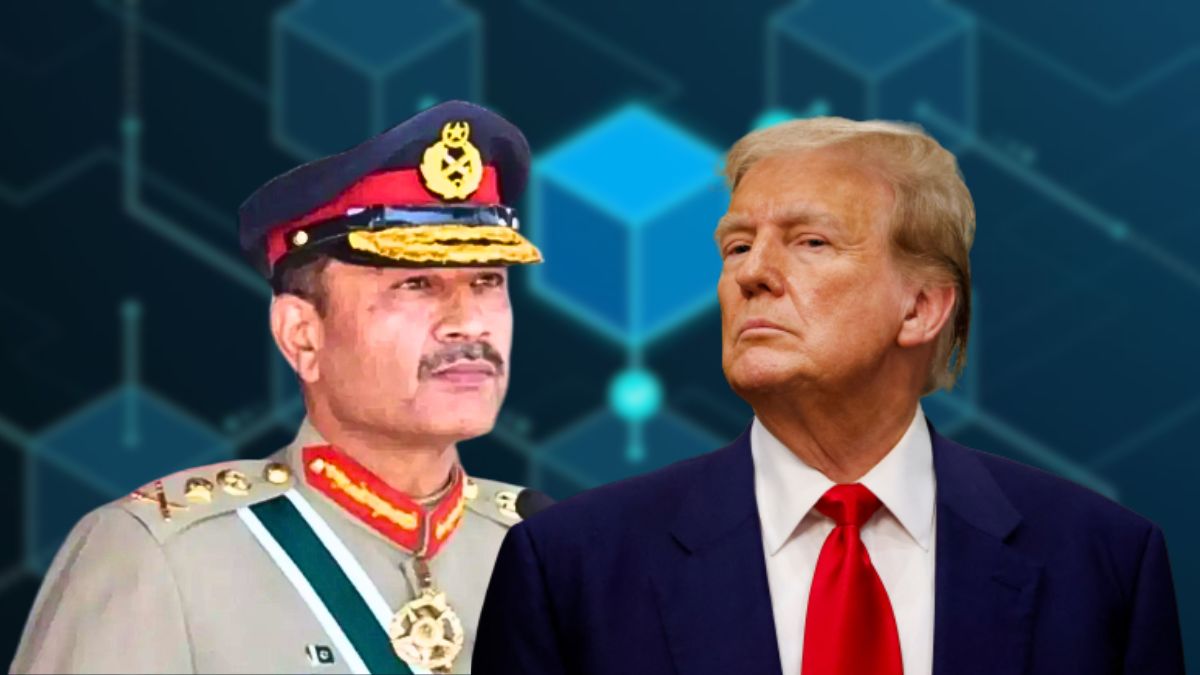During the recent solar eclipse which practically bewitched half of the world, NASA conducted a rather critical mission by deploying sounding rockets. At the help of the mission at NASA, was Dr Aroh Barjatya, a distinguished researcher of Indian origin.
The mission, which launched three sounding rockets on April 8th, had one simple purpose — to reveal how the Earth’s upper atmosphere behaves in the absence of light, especially when sunlight is sim over a part of the planet.
Barjatya currently serves as a professor of engineering, and physics at Florida’s prestigious Embry-Riddle Aeronautical University, as per a statement by NASA. At Embry-Riddle, Barjatya oversees the acclaimed Space and Atmospheric Instrumentation Lab.
Commenting on the mission’s significance, NASA’s statement took note of Barjatya’s pivotal role in orchestrating the ‘Atmospheric Perturbations around Eclipse Path (APEP)’ mission. The sounding rockets, which were integral to the mission’s scientific objectives, were launched from NASA’s renowned Wallops Flight Facility situated in Virginia.
Following the successful launch, Barjatya took to LinkedIn, to thank his fellow researchers, dedicated students, and the dedicated teams at NASA’s Wallops Sounding Rocket Program Office and Goddard Space Flight Center.
“My deepest gratitude to all my fellow researchers at collaborating institutions and insanely capable and stellar students at Embry-Riddle Aeronautical University, as well as, most crucially, to everyone at NASA Wallops Sounding Rocket Program Office and NASA Goddard Space Flight Center for helping accomplish six complex rocket missions in six months!!!” Aroh wrote.
Impact Shorts
View AllAroh is the son of one Ashok Kumar Barjatya, a distinguished chemical engineer, and Rajeshwari, a devoted homemaker, Aroh has studied in schools and colleges across India.
He did his schooling from Patalganga near Mumbai and then moved to Hyderabad, Jaipur, Pilani, and finally reached Solapur. There Aroh received a degree in electronics engineering from the prestigious Walchand Institute of Technology, Solapur.
Following his electronics engineering degree, Aroh’s pursuit of academic excellence took him United States in 2001, where he pursued a master’s degree in electrical engineering at Utah State University.
Subsequently, Barjatya delved deeper into engineering and then went on to get a PhD in spacecraft instrumentation from Utah State University.


)
)
)
)
)
)
)
)
)



